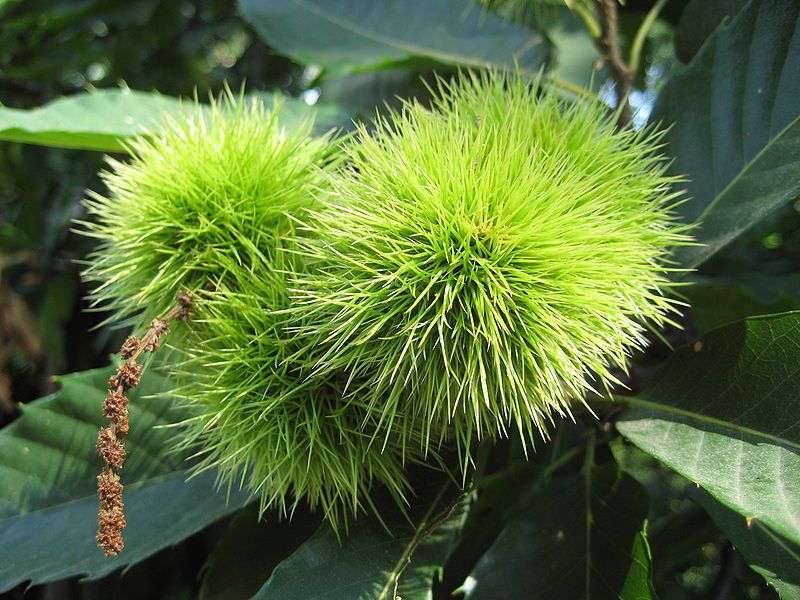-
 Fasciculation
Fasciculation
-
 Macrolide
Macrolide
-
 Hedged farmland
Hedged farmland
-
 Crookes tube
Crookes tube
-
 Randomised study
Randomised study
-
 ECMA
ECMA
-
 Cyclone
Cyclone
-
 Rift
Rift
-
 Cortisol
Cortisol
-
 H.323
H.323
-
 Cyclotron
Cyclotron
-
 Pyrophyllite
Pyrophyllite
-
 European larch
European larch
-
 Teasel
Teasel
-
 Artificial intelligence
Artificial intelligence
-
 Disthene
Disthene
-
 Abattage (bird care)
Abattage (bird care)
-
 OB association
OB association
-
 Sporangium
Sporangium
-
 Free-electron laser
Free-electron laser
-
 Xerostomia
Xerostomia
-
 Dolomite
Dolomite
-
 Carbon nanotube
Carbon nanotube
-
 Altruism
Altruism
-
 Rhyolite
Rhyolite
-
 Neoadjuvant
Neoadjuvant
-
 Convection
Convection
-
 Polymer
Polymer
-
 Manubrium
Manubrium
-
 Terrestrial planet
Terrestrial planet
Sweet chestnut
The sweet chestnut is a majestic tree that grows to a large size, it can reach heights of 30 metres.
Names
The sweet chestnut (Castanea sativa), a member of the Fagaceae family, was called the "acorn of Zeus" by the Greeks.

Castanea sativa. © FIR0002, GNU Free Documentation License version 1.2
Botanical description
The rectilinear trunk of the sweet chestnut is covered with dark brown bark which cracks lengthwise. Its deciduous leaves are alternate, about twenty centimetres long, petiolate, tough and feature large pointy teeth. In autumn, this foliage turns a pretty yellow colour which quickly changes to brown. Much like the oak and the beech, two trees from the same family, the leaves of the sweet chestnut remain on the tree for part of the winter. This plant only flowers after about twenty years, in the summer, producing male flowers in raised yellow 10-15 centimetre catkins and small female flowers, at the base of the catkins. Its fruit are burrs covered with many supple prickles and contain two or three chestnuts.
Origins
The botanical name of the sweet chestnut, "castanea", comes from Castanis, an ancient city located in present-day Turkey. Originally from Asia Minor, this fruit tree was introduced into the Cévennes region in France by the Romans.
Growing conditions
This species grows in full light or partial shade, although young plants prefer the shade. It does not tolerate extreme, cold or calcareous soil. It grows well in poor, acidic or sandy soil. It thrives in the Brittany and Massif Central regions of France, but is also found in many other regions, especially the Parisian basin.

Castanea sativa. © MPF, GNU Free Documentation License version 1.2
Use
The fruit of this tree, chestnuts, are edible and used in recipes for delicious dishes. In the past, chestnuts were a food staple in rural areas, particularly during the winter. Sweet chestnut wood is waterproof and elastic and is used to produce poles, parquet floors, barrels as well as chip board, paper pulp and furniture.
Author: Michel Caron
 Castanea sativa. © Aconcagua, GNU Free Documentation License version 1.2
Castanea sativa. © Aconcagua, GNU Free Documentation License version 1.2
Latest
Fill out my online form.



